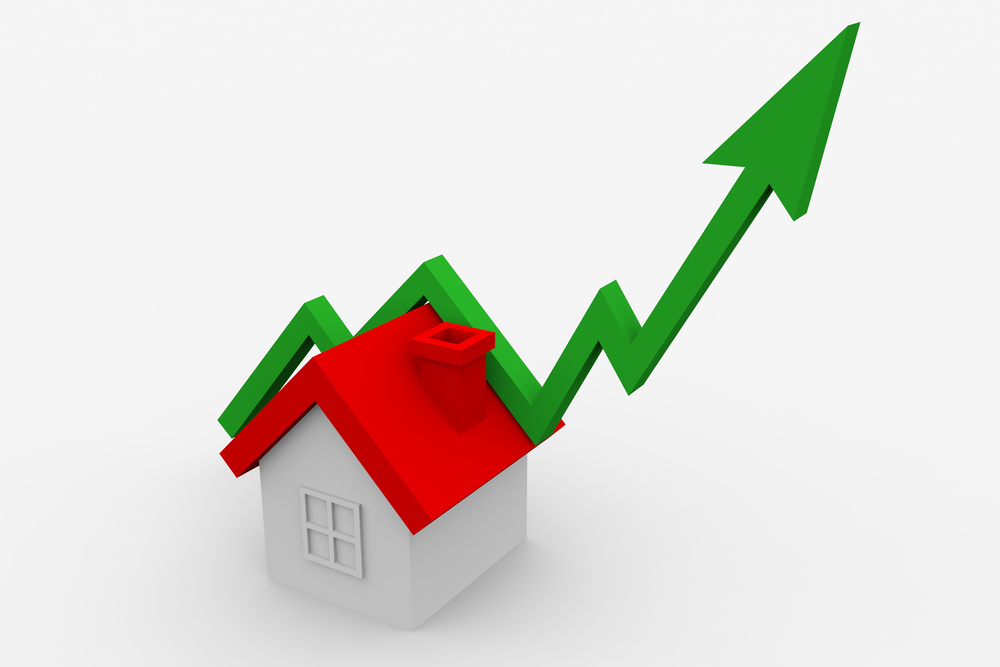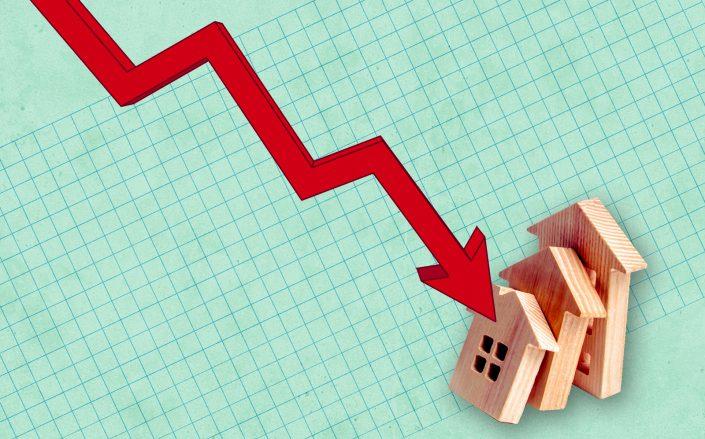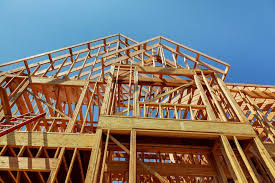The current environment of rapidly rising home prices has many concerned about a bubble that could pop at any moment. The Canada Mortgage and Housing Corporation (CMHC) recently added Toronto to the list of highly vulnerable cities. Although the predictions of the CMHC have a less than stellar track record, Canadians cannot help but wonder about a bubble given the rate of recent price increases.
The volume of home sales across the country is breaking new records with each passing month. This is not due to a flood of forced sales as predicted by the CMHC. In fact, the mortgage default rate is a fraction of a percent higher than it was pre-pandemic. The cause can largely be attributed to Canadians re-assessing whether their current living arrangements are best meeting their needs and how they can adjust to better serve their long-term housing requirements.

Baby boomers are delaying or rejecting plans to leave their homes for higher-density, lower maintenance condos and retirement communities. Meanwhile millennials are coming into their home buying years assisted by increased household savings rates and help from their parents. A generation of new immigrants that have been building their credit and savings with an eye on buying real estate is further stressing the lack of balance in the housing supply. Many have reached the conclusion that the time is now as prices get further and further out of reach.
Calls for government intervention are getting louder and more frequent to quell this trend that is putting the prospect of home ownership out of reach for younger generations. Suggested remedies include increasing the regulations around mortgages to eliminating the exemption on proceeds from the sale of a principal residence. The latter of which will further decrease the inventory of homes coming to market.
A sober assessment of the fundamentals is needed before implementing policies that could have long-standing consequences for homeowners and buyers. A perfect storm of factors has led to the current environment of rapid, unsustainable price growth.
How Did We Get Here?
First, Canadian interest rates have steadily declined for two decades. The late 90’s and early 2000’s saw an overnight rate approaching 6%. Prior to the 2008 financial crisis, that rate was still north of 4% before plummeting to less than 1%. It has not surpassed the 2% mark since that time. This alone, has had the effect of decreasing the cost of borrowing and in turn the monthly payments required to support a mortgage. Additionally, it has pushed home prices higher because with rates so low, buyers are able to bid more with a negligible effect on their monthly payment.
With lower rates, a larger portion of monthly mortgage payments goes toward the principle rather than interest. This allows buyers to build equity faster than in a high interest rate environment. It has also created a fear of missing out mentality whereby buyers want to get into the market as soon as possible to get in at a time when they will be building equity faster and capitalize on further gains from the rising tide of home prices.
Second, home prices are a product of supply and demand and low housing supply has reached crisis levels in the modern era. The population of Ontario has nearly doubled since 1975 going from approximately 8 million to 15 million and growing. New home construction of single-family homes today, is lower than it was in the 1970’s when the population was a fraction of what it is currently. The 1970’s saw roughly 110,000 new units of single-family dwellings completed each and every year in Canada. From 2010-2020 completions of single-family dwellings numbered 80,000 or less according to Statistics Canada. It is this trend of increasing population and decreasing housing supply that is the leading cause of the rapid and unsustainable price growth across the board in Canadian real estate.
The various levels of government will argue that total housing supply is actually increasing as numerous condo projects are approved and built at record speeds. The problem is that this is not the type of housing that the majority of Canadians want. Increasing vacancy rates in this segment prove this fact. Second, third and fourth generation Canadians, as well as new immigrants to Canada have a perception of the “Canadian Dream”. This dream goes along the line of having a nice house in a nice neighbourhood, with a yard for the kids and dog to play in.

Finally, the federal government has reiterated the plan to increase immigration levels to 400,000 new Canadians per year when COVID is finally under control. While this plan should be welcomed and encouraged, it must be coupled with an adequate supply of new, affordable housing. If these newcomers do not have affordable housing options, they will have no chance of getting ahead in the long-term. Prices have gone to the moon at a time when immigration came to a screeching halt during COVID. Imagine the magnitude of price increases when immigration gets to these levels and there is no adequate plan in place to provide housing to the rapidly growing population.
How Do We Fix It?
An examination of the causes of rapid price growth has revealed low interest rates, increasing population and decreasing supply of homes to be the primary culprits. Low interest rates, by all accounts are here to stay for the foreseeable future so as to not have a negative impact on the economy. Likewise, the continued growth of the nation requires a steady stream of new immigrants.
Therefore, the lone factor that can be addressed without having a negative impact on the long-term health of the economy is addressing the supply of new, affordable, single-family homes. The bonus is that not only will it not have a negative impact, it will have a dramatic positive impact on the economy. Building new homes is the greatest driver of economic activity because these new communities will require new schools, retail centres, and various financial and trades services to serve them.
The solution to these problems lies not in penalizing homeowners with another tax on their homes when they sell. Homeowners already carry a heavy tax burden in land transfer taxes and yearly property taxes. A tax on the capital gains of a primary residence would penalize Canadians who subscribe to the longstanding belief and practice that investment in home ownership is a reliable, low-risk vehicle to the accumulation of wealth. Likewise, the solution does not lie in increasing regulation and barriers to entry for new homeowners. These folks already face obstacles magnitudes higher than generations that came before them.
All levels of government need to recognize and address the fact that the lack of supply is the primary cause of rapid and unsustainable price growth. This can only be rectified by increasing the incentives for developers to get more projects of single-family homes underway. The COVID pandemic has reduced the demand for high-density condo developments and has accelerated the trend of work from home arrangements. Experts agree this trend is here to stay.
The high-density housing trend started years ago to reduce the affect of urban sprawl around metropolitan areas. This was a responsible policy at the time, however the current and future work place allows for greater flexibility to work effectively across large distances. We are uniquely positioned to take advantage of the vast space that Canada has to offer and disperse the population more equitably in communities across the land. Developers need more incentives to build communities of single-family homes and these must be paired with incentives to employers to encourage work from home arrangements. 
Unfortunately, there is no quick-fix to this problem. Reactionary policies that do not address the root cause of the crisis will merely penalize homeowners and aspiring buyers. Stop-gap policies of this nature were enacted in 2017 and here we are a few years later pondering how to fix the same problem. The only solution that will have the desired long-term impact of bringing price growth to sustainable levels is addressing the extreme lack of supply of the type of homes Canadians want.
If you want to see an end to unsustainable price growth and the return to a healthy, affordable housing sector, contact your representatives and advise them the solution lies in getting more single-family homes built in communities across the country. Additionally, they need to encourage and incentivize employers to implement greater workplace flexibility, that allows employees to work across distances. The solution does not lie in penalizing current homeowners with a greater tax burden or new homebuyers with more barriers to entry. These low-effort, knee-jerk responses are not the long-term sustainable solutions we need. They will simply result in a brief period of price stagnation before the current trends pick up where they left off due to the fundamental fact that the crisis of low housing supply has not been adequately addressed for decades.

 Facebook
Facebook
 X
X
 Pinterest
Pinterest
 Copy Link
Copy Link

